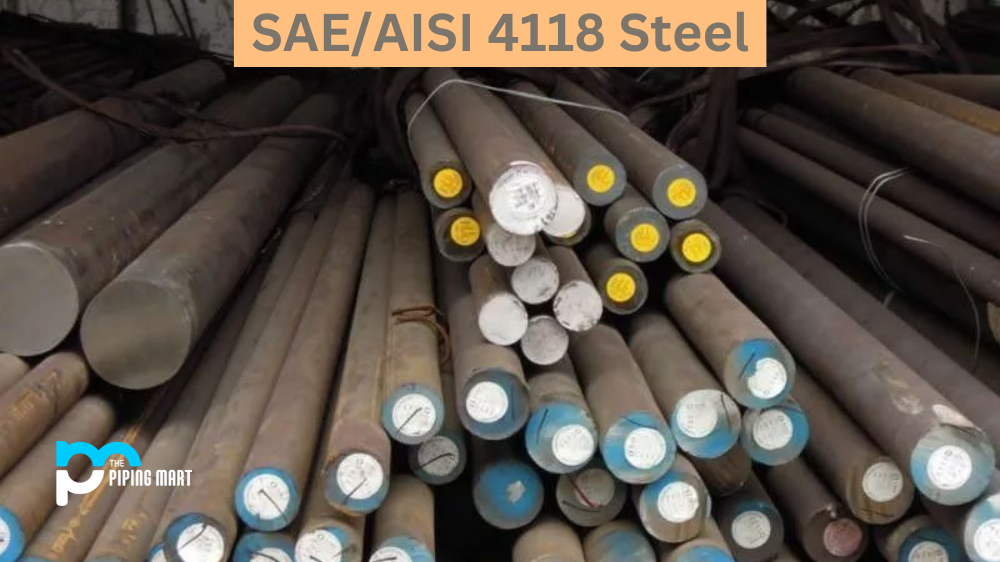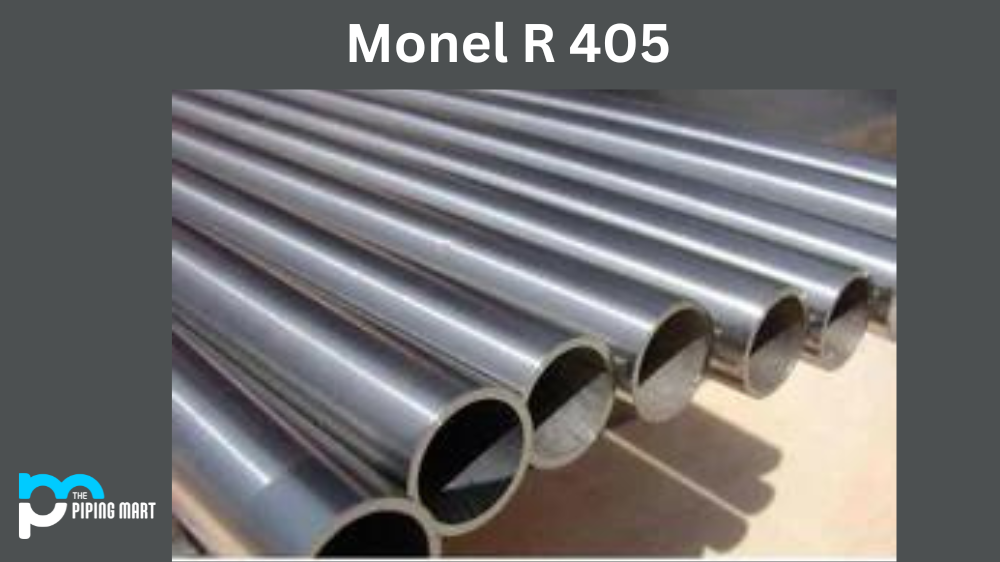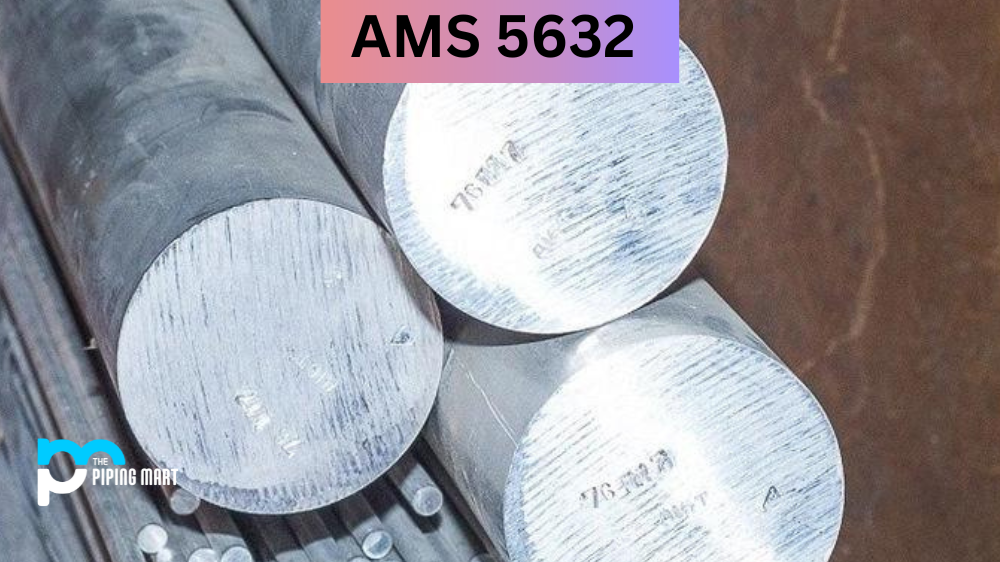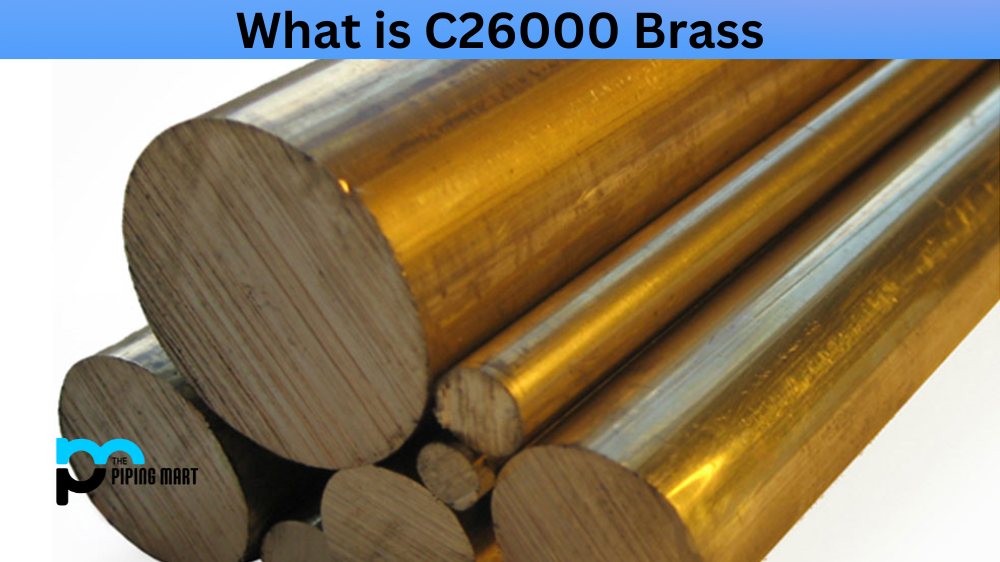SAE 4118 steel, or AISI 4118 or UNS G41180, is a chromium-molybdenum alloy steel with widespread applications in the aerospace, automotive, and construction industries. Praised for its exceptional mechanical properties, this steel offers superior corrosion resistance, heat resistance, and machinability. In this blog post, we’ll explore the diverse uses of SAE/AISI 4118 steel and explore the welding and heat treatment methods that can optimize its performance. The interchangeable names SAE 4118, AISI 4118, and UNS G41180 all refer to this robust steel type. Renowned for its high strength and toughness, SAE-AISI 4118 steel is a favored choice across various industrial applications. Its composition includes essential elements like Carbon, Chromium, and Molybdenum, each contributing to the steel’s distinctive properties. With high tensile strength and good ductility, SAE 4118 is commonly employed to manufacture gears, shafts, and other machine parts.
What Forms of AISI 4118 is Available at Piping Mart?
- Nut
- Bar
- Bolt
- Pipe
- Screw
- Tubing
- Valves
- Washers
- Flanges
- Fasteners
- Electrodes
- Stud Bolts
- Sheet Plates
- Pipe Fittings
- Forged Fitting
- Instrumentation Fittings
AISI 4118 Composition
AISI 4118 is classified as a low-carbon, molybdenum-containing alloy steel within the AISI 4000 series. The composition of AISI 4118 includes carbon ranging from 0.18% to 0.23%, manganese between 0.70% and 0.90%, phosphorus not exceeding 0.035%, sulfur capped at 0.040%, silicon within the range of 0.15% to 0.35%, chromium varying from 0.40% to 0.60%, and molybdenum in the range of 0.080% to 0.15%. These alloying elements collectively contribute to the steel’s distinctive properties, such as enhanced hardenability, increased strength, and improved wear resistance.
| Element | Content (%) |
|---|---|
| Iron, Fe | 97.7-98.49 |
| Manganese, Mn | 0.70-0.90 |
| Chromium, Cr | 0.40-0.60 |
| Carbon, C | 0.18-0.230 |
| Silicon, Si | 0.15-0.35 |
| Molybdenum, Mo | 0.080-0.15 |
| Sulfur, S | 0.040 |
| Phosphorous, P | 0.035 |
AISI 4118 Physical Properties
The density of AISI 4118 alloy steel is generally around 7.85 grams per cubic centimeter (g/cm³), falling within the typical range for alloy steels. This property indicates the steel’s mass per unit volume, contributing to its overall characterization in various engineering and industrial applications.
| Properties | Metric | Imperial |
|---|---|---|
| Density | 7.85 g/cm3 | 0.284 lb/in³ |
AISI 4118 Mechanical Properties
The mechanical properties of AISI 4118 alloy steel are influenced by its composition and heat treatment. Generally, it exhibits good strength and toughness. Typical values include a tensile strength ranging from 640 to 850 MPa, a yield strength of 420 MPa, and a hardness of 180 to 200 Brinell. These properties make AISI 4118 suitable for applications requiring a combination of strength and toughness, such as gears and shafts. Specific mechanical properties may vary based on the heat treatment and processing conditions.
| Properties | Metric | Imperial |
|---|---|---|
| Tensile strength | 517 MPa | 75000 psi |
| Yield strength | 365 MPa | 52900 psi |
| Bulk modulus (typical for steel) | 140 GPa | 20300 ksi |
| Shear modulus (typical for steel) | 80.0 GPa | 11600 ksi |
| Elastic modulus | 190-210 GPa | 27557-30458 ksi |
| Poisson’s ratio | 0.27-0.30 | 0.27-0.30 |
| Elongation at break (in 50 mm) | 33.00% | 33.00% |
| Reduction of area | 63.70% | 63.70% |
| Hardness, Brinell | 137 | 137 |
| Hardness, Knoop (converted from Brinell hardness) | 156 | 156 |
| Hardness, Rockwell B (converted from Brinell hardness) | 75 | 75 |
| Hardness, Vickers (converted from Brinell hardness) | 143 | 143 |
| Machinability (hot rolled and cold drawn, based on 100 machinability for AISI 1212 steel) | 60 | 60 |
AISI 4118 Thermal Properties
Information on the specific thermal properties of AISI 4118 alloy steel is not as readily available as its mechanical properties. Thermal properties typically include coefficients of thermal expansion, thermal conductivity, and specific heat capacity. For precise details, it is recommended to refer to relevant technical specifications and material data sheets or consult with metallurgical experts familiar with AISI 4118.
| Properties | Metric | Imperial |
|---|---|---|
| Thermal conductivity (typical steel) | 44.5 W/mK | 309 BTU in/hr.ft².°F |
AISI 4118 Equivalent
| ASTM A29 | ASTM A322 | ASTM A331 | ASTM A506 | ASTM A507 |
| ASTM A513 | ASTM A519 | ASTM A752 | ASTM A829 | SAE J404 |
| SAE J1397 | SAE J412 | ASTM A505 | SAE J770 |
AISI 4118 Uses
SAE/AISI 4118 steel is most commonly used in the aerospace industry to create components such as Cams, Valve stems, Pistons, Bolts, and Screws. It’s also used to make car parts such as crankshafts, gears, drive shafts, and axles. Additionally, it’s often found in structural applications like bridges, buildings, and other large structures because of its superior strength-to-weight ratio.
AISI 4118 Uses in Industries
- Automotive Industry
- Aerospace Industry
- Construction Industry
- Oil and Gas Industry
- Manufacturing Industry
AISI 4118 Corrosion Resistance
SAE/AISI 4118 steel offers notable advantages, particularly its exceptional corrosion resistance. This characteristic renders it well-suited for applications in corrosive environments or situations involving frequent exposure to water or other liquids. The chromium content in the alloy plays a pivotal role in minimizing corrosion, forming a protective layer on the material’s surface. Consequently, components crafted from SAE/AISI 4118 steel tend to exhibit enhanced durability compared to those fashioned from alternative materials.
AISI 4118 Heat Resistance
SAE/AISI 4118 steel boasts a significant advantage in its elevated heat resistance, rendering it an excellent option for components exposed to high temperatures or extreme conditions like rapid cooling and pressure changes. Its capacity to endure such harsh environments contributes to the heightened reliability of components crafted from this steel, surpassing the performance of counterparts made from alternative materials.
AISI 4118 Heat Treatment & Machining
In order for SAE/AISI 4118 steel to perform at its best, it must undergo proper heat treatment prior to use. This involves heating the material up to a certain temperature before quenching it in oil or water, depending on what properties you need the material to have afterward (such as hardness). After heat treatment has been completed successfully, machining operations can follow, which involve cutting or shaping the material into its desired shape or size using special tools such as drills or lathes.
AISI 4118 Welding
SAE/AISI 4118 steel can also be welded using either gas tungsten arc welding (GTAW) or shielded metal arc welding (SMAW). When welding this type of alloy steel, it’s important that preheating be done prior to welding so that any potential cracking due to thermal shock is minimized during cooling afterward.
Conclusion
In conclusion, SAE/AISI 4118steel is an excellent choice for applications requiring superior corrosion resistance combined with excellent heat resistance and machinability capabilities. It can also be easily welded with either GTAW or SMAW techniques when proper preheating procedures are followed prior to welding operations. When used correctly, this type of alloy steel can provide reliable performance over long periods of time without needing frequent maintenance. Therefore, it’s no surprise why so many industries rely on this alloy when producing components for their products.

Abhishek is a seasoned blogger and industry expert, sharing his insights and knowledge on various topics. With his research, Abhishek offers valuable insights and tips for professionals and enthusiasts. Follow him for expert advice on the latest trends and developments in the metal industry.




